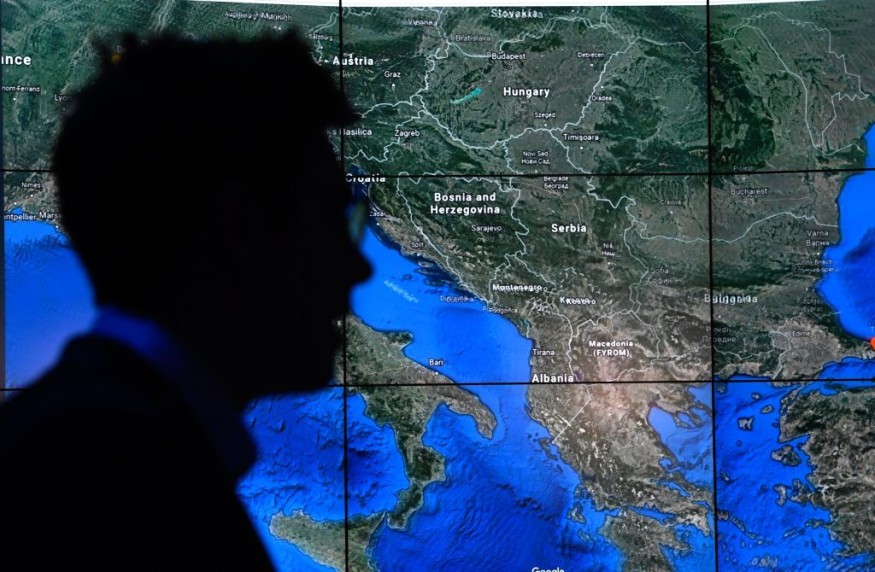Google Earth has been known for its function of compiling images from different sources, from satellites in the so-called "geosynchronous" orbit snapping low-resolution photos from tens of thousands of miles on top of this planet to satellites nearer it that capture shots that are of higher resolution, and even aerial photos taken from drones, kites, airplanes, and even balloons.
A Live Science report said Google Earth is host to certain strange images if one knows where to search for such.
The imagery is accessible to anyone who downloads software, a reason enough for archeologists to take advantage of such a rich resource.
Google Earth, for quite some time now, has brought some unusual places to light, from a boneyard of military planes, an ant-made polka-dot pattern, to enigmatic structures imprinted into the Gobi Desert.
Here are five of the oddest sights you can find on the popular "geobrowser."
ALSO READ : Google Search Makes People Think They are Smarter Than They Actually Are, New Study Explains Googling Effect

1. Weird Wheels
Google Earth has served as a spy to some ancient artistry engraved into the Earth's surface, which includes wheel-shaped geometric structures dating back some 8,500 years ago, making them older than the geoglyphs of Peru, known as the Nazca Lines, as described in History.
Some of these spoked designs dotting Jordan's Azraq Oasis appear to be positioned in a manner that aligns with sunrise on the winter solstice.
A group of scientists from the Aerial Photographic Archive for Archeology in the Middle East has been investigating what's called "works of the old men" using Google Earth's satellite imagery.
2. Phantom Island
A team of Australian scientists "undiscovered" an island in 2012 with the same size as Manhattan in the South Pacific. A mysterious sight known as Sandy Island had appeared on maps, northwest of New Caledonia.
It even popped up as a "black polygon" on Google Earth. However, when scientists nailed it there in November the same year, they discovered open water rather than solid ground.
3. Abandoned Launch Sites
Nike missiles, known as supersonic surface-to-air missiles, sat all set for launch at almost 200 sites across the United States during the Cold War period, from the early 1950s until the 1970s decade.
Some of the said missiles were carrying nuclear warheads. Such missiles turned obsolete with the occurrence of ICBMs or long-range intercontinental ballistic missiles.
Geographic information system or GIS specialist David Tewksbury at Hamilton College in New York intended to preserve the abandoned missile launch sites' visual record before they disappear, either because of nature's reclamation or the military's repurposing or redevelopment.
This specialist's plan is to develop a geo-referenced database for anyone to research the Nike Missile sites via Google Earth.
4. Apamea
The civil war in Syria has endangered hundreds of archeological sites after it caused impairment to all six of the UNESCO World Heritage Sites across the nation. Apamea is one of the Earth's oldest occupied areas.
Satellites, particularly, have exhibited much of this devastation with some of the oddest imageries that show the destruction in the city.
There, the images of Google Earth have shown the whole ancient Roman city has been pockmarked with holes that looters dug since the beginning of the civil war.
5. Apparently Unexcavated Pyramid
This Google Earth image exhibits an anomaly that some people have believed to be an "unexcavated pyramid."
Dozens of anomalies in Egypt have been traced through the use of Google Earth in the last five years. Nonetheless, there is an argument whether they represent natural features or simulated structures.
Related information about Google Earth is shown on The Biggest's YouTube video below:
RELATED ARTICLE : Google Maps Display Blacked Out Strange Island Baffling People Online
Check out more news and information on Tech & Innovation in Science Times.










